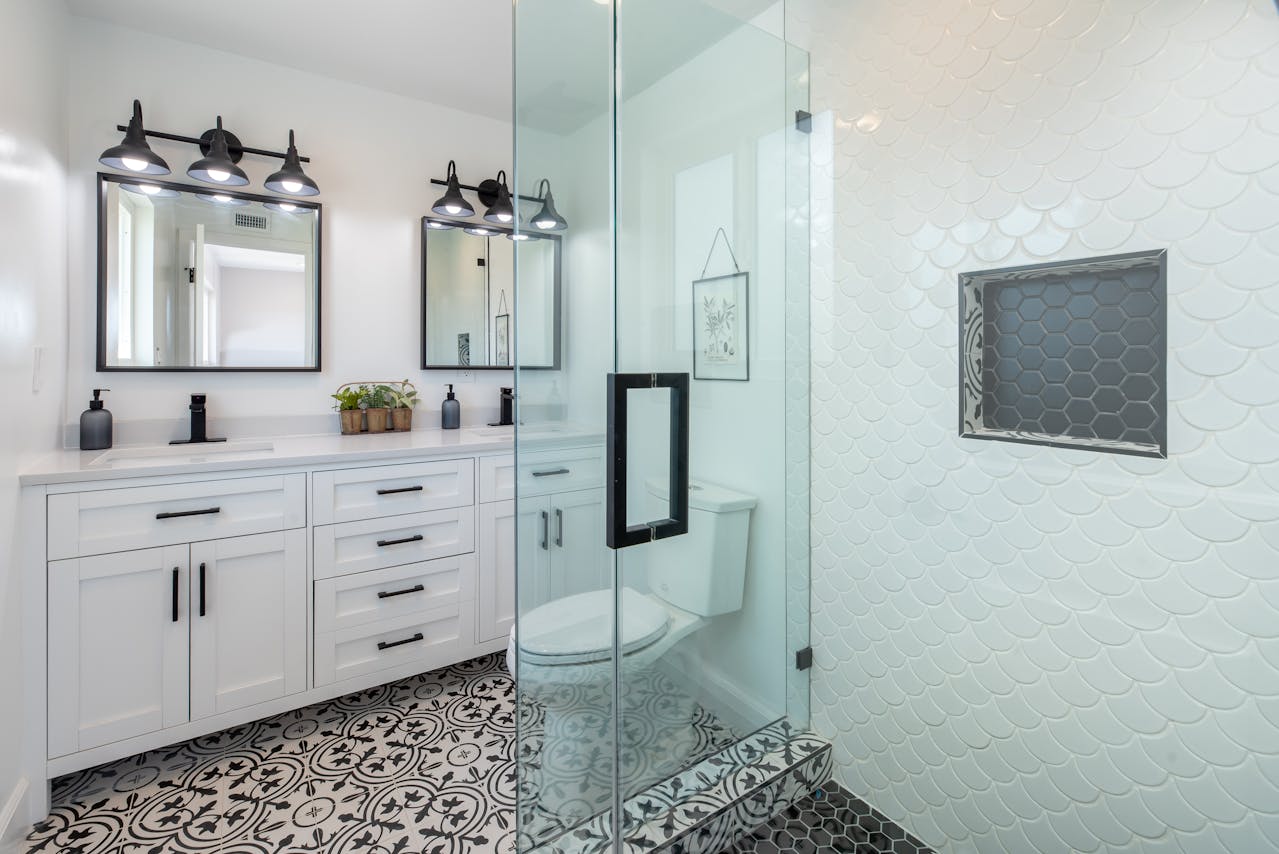Renovating a bathroom can be an exciting project, but it requires careful planning and organisation. Whether you’re updating fixtures or revamping the entire space, a clear renovation plan will ensure the process runs smoothly and the final result is exactly what you envisioned. Below is a step-by-step guide to organising a successful bathroom renovation. If you need to renovate a kitchen instead, the first thing you can do is get the best kitchen flooring from suppliers near you.
Step 1: Define Your Vision and Budget
Before you swing a hammer or purchase materials, decide what your ultimate goal is for your bathroom. Do you want to create a spa-like retreat or perhaps add functional upgrades for a growing family? Collect inspiration from magazines, websites, or social media platforms like Pinterest and Instagram. Once you’ve honed in on a design direction, establish a realistic budget that accounts for labour, materials, contingencies, and any unexpected costs.
Step 2: Seek Professional Help if Needed
For complex or extensive renovations, you may want to consult with a bathroom designer or architect. Additionally, hiring a contractor can save you time and help avoid costly mistakes. Ensure they are licensed, insured, and come with strong references or a portfolio of their previous work. Acquire multiple quotes to find the best fit for your project and budget.
Step 3: Design and Planning
Finalise your design choices, including layout, fixtures, and finishes. Create a detailed plan, considering aspects like plumbing changes, electrical work, and ventilation. Remember to obtain all necessary permits from local authorities before any work begins to ensure compliance with building codes and regulations.
Step 4: Purchase and Source Materials
With a plan in place, it’s time to purchase tiles, fixtures, vanity units, and other materials. It’s wise to wait until you have everything on-site before commencing work to prevent delays. Some items can have long lead times, so order well in advance. Keep records of all your purchases, warranties, and returns policies.
Step 5: Schedule the Work
Coordinating the timeline is crucial. Work out an order of operations—usually beginning with demolition, followed by plumbing and electrical, then plastering, tiling, and finally, installation of fixtures. Ensure your contractors are clear about the schedule. Delays can be costly, so give some thought to how you’ll manage without a fully functional bathroom during this period.
Step 6: Prepare the Space
Before work starts, clear out your bathroom completely. This includes removing any personal belongings to prevent them from getting dusty or damaged. Protect any adjoining areas with dust sheets and make sure your contractors have clear access.
Step 7: Renovation Begins
Once the bathroom is prepped, renovation work commences. Regular communication with your contractor will keep you apprised of progress and any issues that arise. Be prepared to make quick decisions on any unforeseen changes.
Step 8: Deal with the Unexpected
Renovations often come with surprises, particularly in older homes. Whether it’s a leaky pipe behind a wall or an uneven floor, factor in both the time and budget for unexpected repairs.
Step 9: Installation and Finishing Touches
After the main construction is complete, install the bathroom fixtures and accessories. The final touches will include painting, sealing, caulking, and installing towel bars, mirrors, and light fixtures.
Step 10: Deep Clean and Inspect
Once installation is complete, do a thorough cleaning of your new bathroom. Inspect the work carefully, making use of your contractor’s warranties for any touch-ups or corrections needed.
Step 11: Enjoy Your New Bathroom
With all the work completed, it’s time to enjoy the fruits of your planning and hard work. Decorate and accessorise as you see fit—after all, this is now a space tailored just for you.
Conclusion
A bathroom renovation can significantly enhance your home’s comfort and value, but success lies in thoroughness and planning. Take the time to research your options, consult professionals when necessary, and keep a clear line of communication with all parties involved. With the right approach, you’ll end up with a bathroom that’s not only beautiful but functional for years to come.
